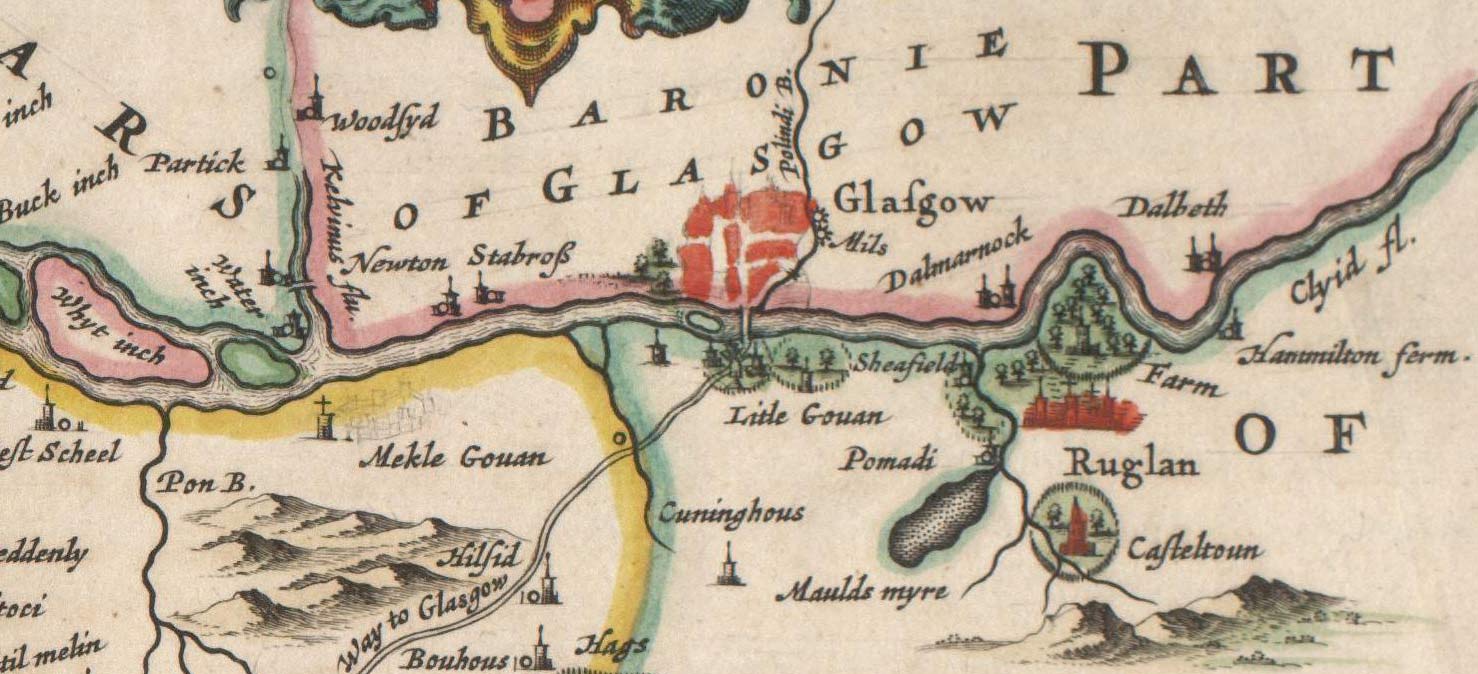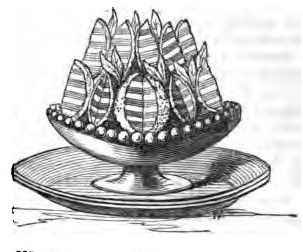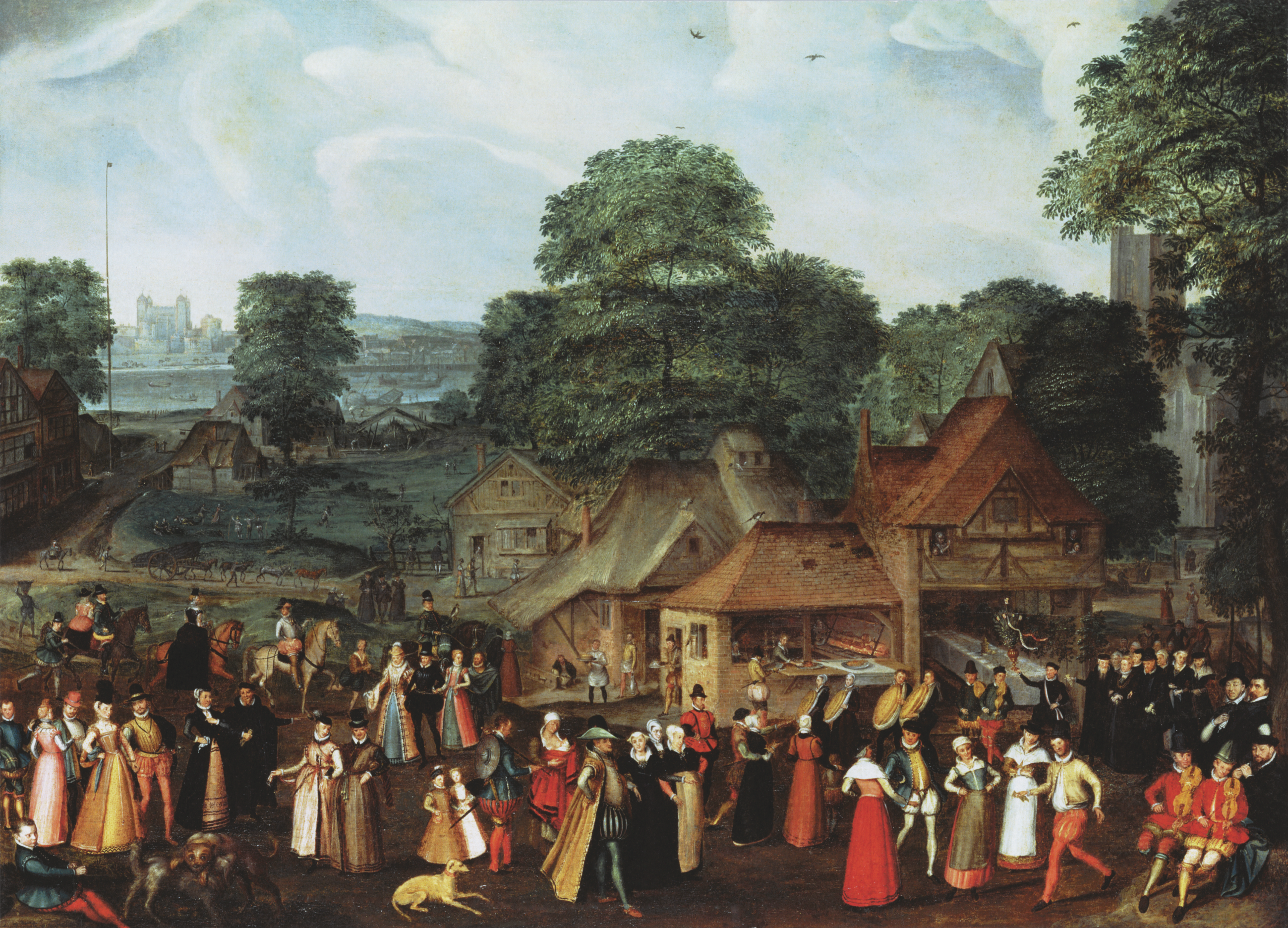|
Hartley's
Hartley's is a British brand of marmalades, jams and jellies. Founded by Sir William Hartley in 1871, Hartley's products are manufactured at Histon, Cambridgeshire, England. The brand was formerly owned by Premier Foods, until it was sold along with the factory in Histon to Hain Celestial for £200 million in October 2012. Hartley's operates as a brand of Hain Celestial's subsidiary of the United Kingdom, Hain Daniels. History Hartley's was a grocers founded by the entrepreneur Sir William Pickles Hartley in Colne which is now in the borough of Pendle, Lancashire. In 1871, a supplier failed to deliver a consignment of jam, so William made his own and packaged it in his own design earthenware pots. It sold well, and in 1874, the business moved to Bootle, near Liverpool, and marmalade and jelly was also produced. In 1884, the business was incorporated as ''William Hartley & Sons Limited'' and in 1886, it moved to Aintree, Liverpool where a new factory was built. A ... [...More Info...] [...Related Items...] OR: [Wikipedia] [Google] [Baidu] |
Sir William Pickles Hartley
Sir William Pickles Hartley (23 February 1846 – 25 October 1922) was an English entrepreneur, jam manufacturer and philanthropist who in 1871 founded the Hartley's jam company. Biography Hartley was born on 23 February 1846 in Colne, Lancashire, the only surviving child of John Hartley, a tinsmith, and his wife, Margaret Pickles. The family had lived near Borough of Pendle, Pendle since c. 1620 and worked as grocers, building Wycoller Hall towards the end of the 16th century. He married Martha Horsfield. Hartley attended a local British and Foreign School Society school. The business started in 1871 as the result of a chance event. It is said that when a supplier failed to deliver a batch of jam, William made his own. His jam, marmalade, and jelly sold well in his own distinctive earthenware pots and in 1874 the business transferred to Bootle. In 1880 Hartley moved to Southport, where he became known as an influential local benefactor and entrepreneur, and an active member of ... [...More Info...] [...Related Items...] OR: [Wikipedia] [Google] [Baidu] |
Rutherglen
Rutherglen (; , ) is a town in South Lanarkshire, Scotland, immediately south-east of the city of Glasgow, from its centre and directly south of the River Clyde. Having previously existed as a separate Lanarkshire burgh, in 1975 Rutherglen lost its own local council and administratively became a component of the City of Glasgow (1975–1996), City of Glasgow District within the Strathclyde Local government areas of Scotland 1973–96, region (along with neighbouring Cambuslang). In 1996 the towns were reallocated to the South Lanarkshire Subdivisions of Scotland, council area.From a pawnbrokers to Parliament - Tommy McAvoy looks back on a career that took him to the House of Lords Marc McLean, Dail ... [...More Info...] [...Related Items...] OR: [Wikipedia] [Google] [Baidu] |
Model Village
A model village is a mostly self-contained community, built from the late 18th century onwards by landowners and business magnates to house their workers. "Model" implies an ideal to which other developments could aspire. Although the villages are located close to the workplace, they are generally physically separated from them and often consist of relatively high-quality housing, with integrated community amenities and attractive physical environments. Great Britain and Ireland According to Jeremy Burchardt, the term model village was first used by the Victorian era, Victorians to describe the new settlements created on the rural estates of the landed gentry in the eighteenth century. As landowners sought to improve their estates for aesthetic reasons, new landscapes were created and the cottages of the poor were demolished and rebuilt out of sight of their country house vistas. However, according to the ''Oxford English Dictionary'' (2024), the first use of the term model vi ... [...More Info...] [...Related Items...] OR: [Wikipedia] [Google] [Baidu] |
Premier Foods
Premier Foods plc is a British food manufacturer headquartered in St Albans, Hertfordshire. The group owns many well-known brands, including Mr Kipling, Ambrosia (food), Ambrosia, Bird's Custard, Angel Delight, Homepride cooking sauces, J. Lyons and Co., Lyons, Sharwood's, Loyd Grossman sauces, Oxo (food), Oxo, Bisto, Batchelors, Vesta meals and Plantastic. Premier Foods also produce cakes under the Cadbury's name, using the brand under licence. It is listed on the London Stock Exchange and is a constituent of the FTSE 250 Index. History Formation The company was founded by Harry Solomon (businessman), Harry Solomon and David Thompson (British businessman), David Thompson in London in 1975 as Hillsdown Holdings. The name came from Thompson's house, Hillsdown. His son Richard Thompson worked for his father after his education at Haileybury and Imperial Service College, Haileybury. In 1981 it acquired ''Lockwood Foods Ltd'' which was in administrative receivership. In May 1987, Dav ... [...More Info...] [...Related Items...] OR: [Wikipedia] [Google] [Baidu] |
Gelatin Dessert
Gelatin desserts are desserts made with a sweetened and flavoured processed collagen product (gelatin), which makes the dessert "set" from a liquid to a soft elastic solid gel. This kind of dessert was first recorded as "jelly" by Hannah Glasse in her 18th-century book ''The Art of Cookery'', appearing in a layer of trifle. Jelly recipes are included in the 19th-century cookbooks of English food writers Eliza Acton and Mrs Beeton. Jelly can be made by combining plain gelatin with other ingredients or by using a premixed blend of gelatin with additives. Fully prepared gelatin desserts are sold in a variety of forms, ranging from large decorative shapes to individual serving cups. Popular brands of premixed gelatin include Aeroplane Jelly in Australia, Hartley's (formerly Rowntree's) in the United Kingdom, and Jell-O from Kraft Foods and Royal from Jel Sert in North America. In the United States and Canada, this dessert is known by the genericized trademark "jello". History ... [...More Info...] [...Related Items...] OR: [Wikipedia] [Google] [Baidu] |
Port Sunlight
Port Sunlight is a model village in the Metropolitan Borough of Wirral, Merseyside, England. It is located between Lower Bebington and New Ferry, on the Wirral Peninsula. Port Sunlight was built by Lever Brothers to accommodate workers in its soap factory (now part of Unilever); work commenced in 1888. The name is derived from Lever Brothers' most popular brand of cleaning agent, Sunlight. Port Sunlight contains 900 Grade II listed buildings, and was declared a conservation area in 1978. Port Sunlight has been informally suggested for World Heritage Site (WHS) status to protect it from development and to preserve the unique character for future generations; however, it is not yet on the current UK "tentative list" for future consideration as a WHS. In the 2001 Census, its population was 1,450. History In 1887, Lever Brothers began looking for a new site on which to expand its soap-making business, which was at that time based in Warrington. The company bought of flat ... [...More Info...] [...Related Items...] OR: [Wikipedia] [Google] [Baidu] |
Bermondsey
Bermondsey ( ) is a district in southeast London, part of the London Borough of Southwark, England, southeast of Charing Cross. To the west of Bermondsey lies Southwark, to the east Rotherhithe and Deptford, to the south Walworth and Peckham, and to the north is Wapping across the River Thames. It lies within the historic county boundaries of Surrey. During the Industrial Revolution Bermondsey became a centre for manufacturing, particularly in relation to tanning. More recently it has experienced regeneration including Loft, warehouse conversions to flats and the provision of new transport links. History Toponymy Bermondsey may be understood to mean ''Beornmund''s island; but, while ''Beornmund'' represents an Old English language, Old English personal name, identifying an individual once associated with the place, the element "-ey" represents Old English ''eg'', for "island", "piece of firm land in a fen", or simply a "place by a stream or river". Thus Bermondsey need n ... [...More Info...] [...Related Items...] OR: [Wikipedia] [Google] [Baidu] |
Apricot
An apricot (, ) is a fruit, or the tree that bears the fruit, of several species in the genus ''Prunus''. Usually an apricot is from the species '' P. armeniaca'', but the fruits of the other species in ''Prunus'' sect. ''Armeniaca'' are also called apricots. In 2022, world production of apricots was 3.9 million tonnes, led by Turkey with 21% of the total. Etymology ''Apricot'' first appeared in English in the 16th century as ''abrecock'' from the Middle French or later , from Spanish '' albaricoque'' and Catalan , in turn from Arabic (, ), from Byzantine Greek (, ), derived from late Greek (, ) from Latin () (, ). Description The apricot is a small tree, tall, with a trunk up to in diameter and a dense, spreading canopy. The leaves are ovate, long, and wide, with a rounded base, a pointed tip, and a finely serrated margin. The flowers are in diameter, with five white to pinkish petals; they are produced singly or in pairs in early spring before the leaves. T ... [...More Info...] [...Related Items...] OR: [Wikipedia] [Google] [Baidu] |
Black Cherry
''Prunus serotina'', commonly called black cherry,World Economic Plants: A Standard Reference, Second Edition'. CRC Press; 19 April 2016. . p. 833–. wild black cherry, rum cherry, or mountain black cherry, is a deciduous tree or shrub in the rose family Rosaceae. Despite its common names, it is not very closely related to commonly cultivated cherries. It is found in the Americas. Description ''Prunus serotina'' is a medium-sized, fast-growing forest tree growing to a height of . The leaves are long, ovate-lanceolate in shape, with finely toothed margins. Fall leaf color is yellow to red. Flowers are small, white and 5-petalled, in racemes long which contain several dozen flowers. The flowers give rise to reddish-black "berries" (drupes) fed on by birds, in diameter. For about its first decade the bark of a black cherry tree is thin, smooth, and banded, resembling a birch. A mature tree has very broken, dark gray to black bark. The leaves are long and shiny, resembling a so ... [...More Info...] [...Related Items...] OR: [Wikipedia] [Google] [Baidu] |
Conservation Area (United Kingdom)
In the United Kingdom, the term conservation area almost always applies to an area (usually urban or the core of a village) of special architectural or historic interest, the character of which is considered worthy of preservation or enhancement. It creates a precautionary approach to the loss or alteration of buildings and/or trees, thus it has some of the legislative and policy characteristics of listed buildings and tree preservation orders. The concept was introduced in 1967, and by 2017 almost 9,800 had been designated in England. 2.2% of England making up is a conservation area, 59% of which are rural, and 41% are in urban areas. History The original idea of historic conservation areas was proposed by June Hargreaves, a York town planner, in her 1964 book ''Historic buildings. Problems of their preservation''. In the book she critiqued the idea that historic buildings should be replaced with modern "streamlined and ultra-functional" buildings as this would be detrimen ... [...More Info...] [...Related Items...] OR: [Wikipedia] [Google] [Baidu] |





